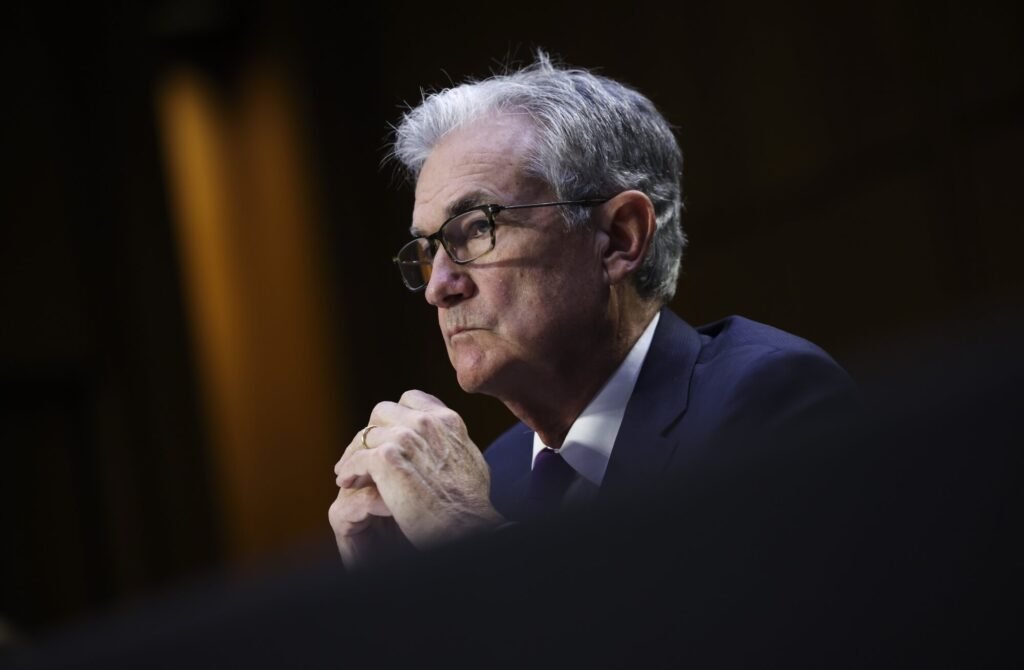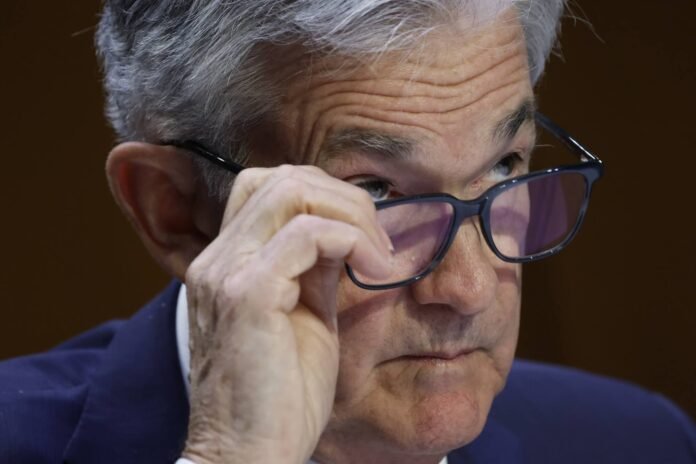The recent robust rally in the bond market has led traders to believe that the Federal Reserve’s cycle of raising interest rates has concluded. The focus now shifts to when the central bank will commence rate cuts and the potential extent of these cuts. The ongoing debate revolves around whether the economy is heading for a soft landing or a more severe downturn, both scenarios signaling possible rate cuts, potentially as early as March. Current market expectations point to a projected easing of at least 1.25 percentage points in the coming year, fostering an environment for lower yields and an extended rally.
Despite the prevailing sentiment, potential bouts of volatility are not ruled out. Conflicting data may introduce uncertainties, and Fed officials are likely to reiterate their cautious approach towards easing. Even after a week of notable statements, including Fed Chair Jerome Powell emphasizing that it is “premature” to speculate on policy easing, bond traders continue to drive the market higher.

Bond Market Dynamics
While there is a sense that US Treasuries may have moved too swiftly, traders remain optimistic that yields have peaked for the current cycle. It is anticipated that softening economic data will eventually prompt a portion of the approximately $6 trillion in record cash in money market funds to flow into longer-dated Treasury yields above 4%. Despite a 60 basis-point drop in benchmark Treasury yields last month, they still remain notably above the lows seen earlier this year.
Data Skepticism and Market Moves
Market experts, including Michael Cudzil, a portfolio manager at Pimco, caution that although the Fed has acknowledged softening data, there is a possibility that the economic slowdown could be more significant than currently perceived. The upcoming barrage of data, especially the US employment report, will be crucial in testing the resolve of bond bulls.
Market Outlook and Potential Hurdles
As traders anticipate rate cuts, the bond market’s pace is expected to face challenges from upcoming economic indicators, including US consumer inflation data and the Fed’s final two-day meeting for the year. The central bank’s outlook for rate policy in 2025, presented through its “dot-plot,” could introduce uncertainty into a market that has moved ahead of the current forecast of a half-point easing over the next 12 months.
Contrarian Views and Profit-Taking
Some market participants, like Mark Dowding, CIO at RBC BlueBay Asset Management, caution against premature assumptions, expecting yields to rise in the coming weeks. Dowding notes that investors may have been too optimistic in November, leading to a shift to a short position as yields fell.
Key Upcoming Events
Traders will closely monitor economic data releases, including factory orders, durable goods orders, capital goods orders, S&P Global US services and composite PMIs, Jolts job openings, ISM services index, MBA mortgage applications, ADP employment, nonfarm productivity, trade balance, jobless claims, consumer credit, and the highly anticipated nonfarm payrolls report.
The Federal Reserve enters a communications blackout before its December 12/13 policy meeting, adding to the anticipation surrounding potential policy announcements.
Auction calendars for various bills will also play a role in shaping market dynamics throughout the week.
In conclusion, the bond market’s recent trajectory suggests a growing conviction in a shift towards rate cuts, but challenges and potential market corrections remain on the horizon.




